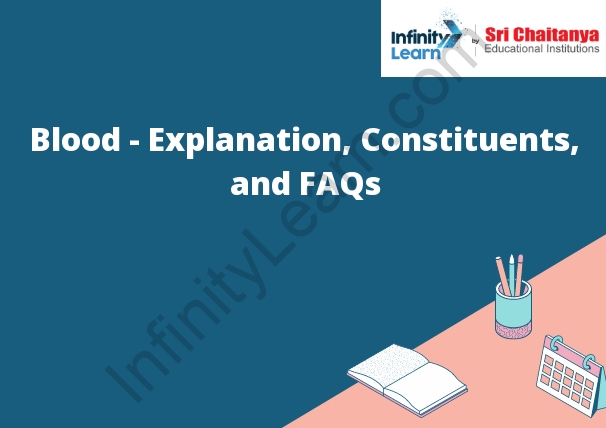Table of Contents
What is Blood Biochemistry?;
Blood biochemistry is the study of the chemical composition of blood. This includes the measurement of various substances in the blood, such as proteins, enzymes, lipids, and hormones. Blood biochemistry can help to diagnose and monitor diseases, as well as to evaluate the effects of treatments.

Introduction of Blood
Blood is a fluid that circulates in the blood vessels of the body. It is composed of plasma, red blood cells, white blood cells, and platelets. Plasma is the clear, straw-colored liquid component of blood, and it contains proteins, electrolytes, and other substances. Red blood cells are disk-shaped cells that transport oxygen from the lungs to the tissues of the body. White blood cells are cells that fight infection and disease. Platelets are small, disk-shaped cells that help the blood to clot.
Constituents of Blood
The blood is a complex mixture of fluid and cells that circulates through the body. The fluid, called plasma, is a clear, straw-colored liquid that contains proteins, electrolytes, and other substances. The cells include red blood cells, white blood cells, and platelets.
Blood is a vital bodily fluid that circulates throughout the body, delivering oxygen and nutrients to the tissues and removing carbon dioxide and other wastes. It is composed of plasma, red blood cells, white blood cells, and platelets.
The plasma is a clear, watery fluid that contains proteins, electrolytes, hormones, and other substances. The red blood cells, or erythrocytes, are disk-shaped cells that contain hemoglobin, a molecule that binds to oxygen and transports it to the tissues. The white blood cells, or leukocytes, are a type of cell that defends the body against infection and disease. The platelets, or thrombocytes, are small, disk-shaped cells that help to stop bleeding.
Blood is circulated throughout the body by the heart. The heart is a muscle that pumps blood through the arteries and veins. The arteries carry blood away from the heart, and the veins carry blood back to the heart.



